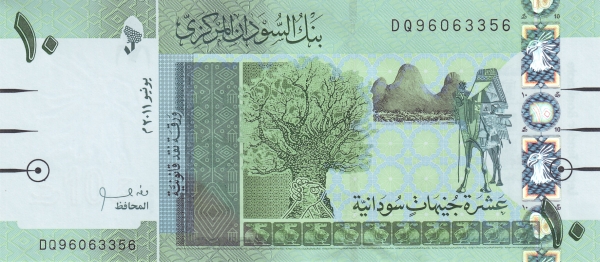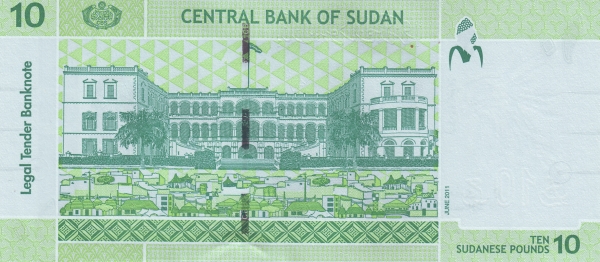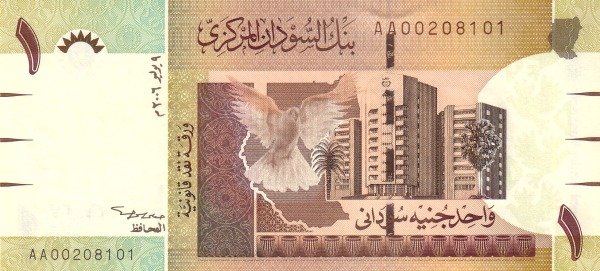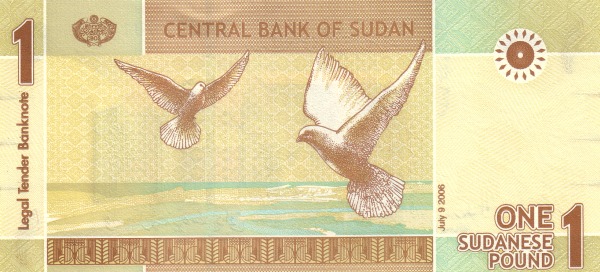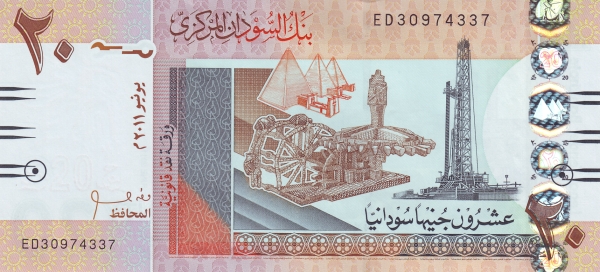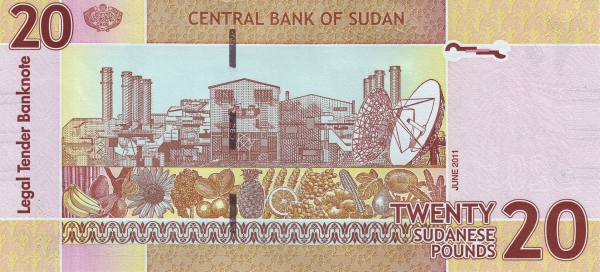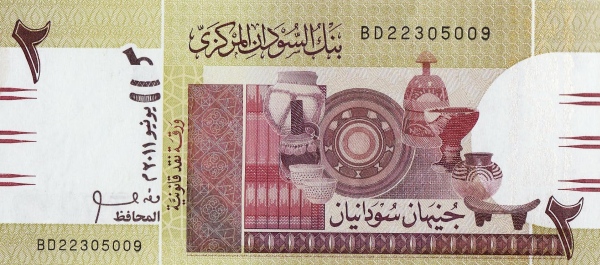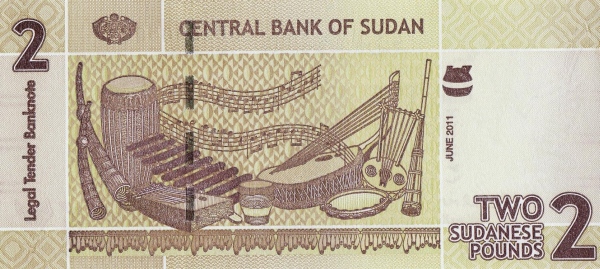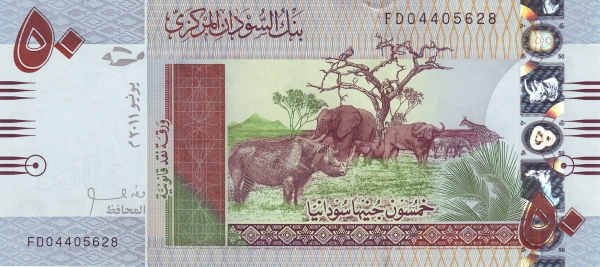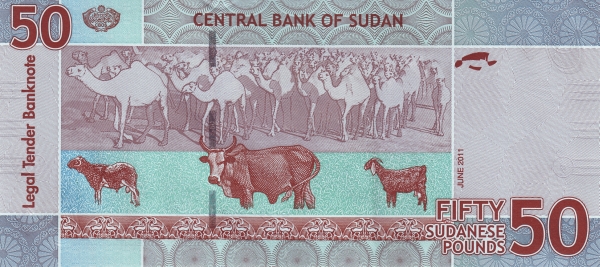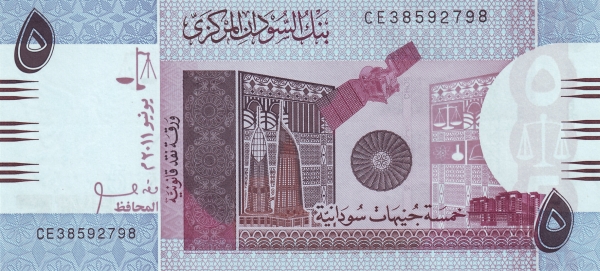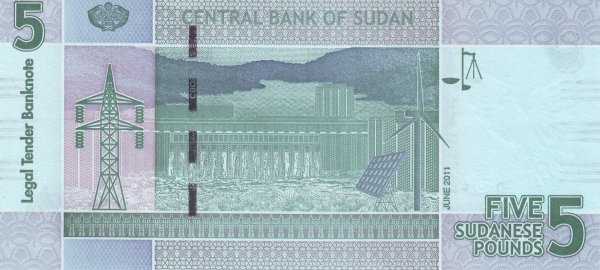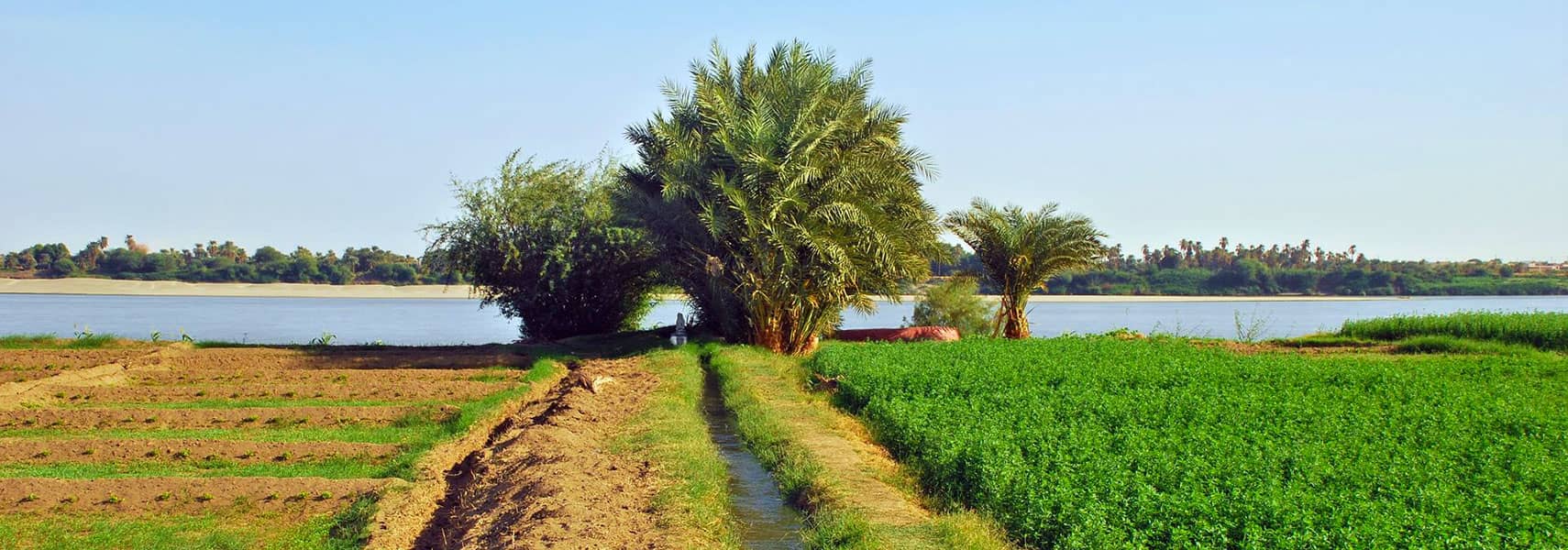Exploring the Rich Tapestry of Sudan
Sudan, once the largest country in Africa before its split in 2011, is a fascinating place filled with a rich history and diverse culture. The nation's division gave rise to Northern Sudan, known officially as the Republic of the Sudan, which boasts a predominantly Sudanese Arab population. Conversely, South Sudan emerged as the Republic of South Sudan, primarily inhabited by individuals with Black African heritage. This split fundamentally reshaped the political and social landscape of the region.
The Geographic Context of Sudan
Located in northeastern Africa, Sudan finds itself nestled between significant neighboring countries. To the north, it shares a border with Egypt, while Eritrea lies to its northeast along the Red Sea. In the northwest, Libya presents another boundary, and Chad sits to the west. Further to the southwest, the Central African Republic borders Sudan, while South Sudan lies directly to the south. Additionally, Ethiopia shares a southeastern boundary, and Saudi Arabia provides maritime borders that enrich Sudan's strategic location.
Covering an area of 1,886,068 km², Sudan ranks as the 16th largest country globally. To put this into perspective, it is more than five times the size of Germany and close to one-fifth the area of the United States. This vast landscape encompasses deserts, savanna, and floodplains, each offering distinct ecological niches and opportunities for exploration.
Population and Linguistic Diversity in Sudan
As of 2024, Sudan's population stands at approximately 50.4 million people. The capital city, Khartoum, serves as the political hub, while Omdurman is recognized as the largest city. Additionally, Port Sudan functions as the main maritime gateway for the nation. Due to ongoing conflicts, the Sudanese government has relocated to Port Sudan, highlighting the country's turbulent political climate.
The individuals who call Sudan home communicate primarily in Sudanese Arabic, which is the dominant language. Along the Red Sea, the Beja language, also known as Ta Bedawie, is commonly spoken. Nevertheless, the country's linguistic landscape is rich, featuring numerous regional dialects and languages that reflect its diverse population. Most Sudanese citizens identify as Sunni Muslims, which plays a significant role in the country's cultural identity.
A Historical Overview of Sudan's Governance
Early Struggles and Conflicts
The Republic of the Sudan faced immediate challenges following its independence from British rule in 1956. The stark cultural differences between the northern and southern regions escalated tensions, laying the groundwork for prolonged conflict. A military coup in 1958, spearheaded by General Ibrahim Abboud, marked the beginning of a turbulent era. This coup led to the dissolution of Parliament and the declaration of martial law, thrusting Abboud into the role of self-proclaimed Prime Minister.
In 1969, Colonel Jafaar Mohammed al-Nimeiry orchestrated another coup, paving the way for a new revolutionary council. Ultimately, Nimeiry became Sudan's first elected president in 1972, when he signed the Addis Ababa agreement to address the escalating conflict between the north and south. For nearly a decade, a fragile peace prevailed; unfortunately, by 1983, rising unrest prompted Nimeiry's ousting in a bloodless coup.
The Rise and Fall of Leadership
The subsequent year heralded another military regime, yet it soon gave way to the rise of Sadiq al-Mahdi. As a descendant of Mohammed Ahmad, the Mahdi sought to implement democratic reforms. Despite his ambitious promises, the government ultimately proved ineffective, leading to al-Mahdi's ousting in 1989.
Lt. General Omar Hassan Ahmed al-Bashir then assumed control, establishing a 15-member Revolutionary Council to govern Sudan. Throughout the 1990s, Sudan experienced escalating violence and humanitarian crises. The southern rebels, known as the Sudanese People's Liberation Movement (SPLM), emerged as a formidable opposition force under the leadership of John Garang from the Dinka tribe. The conflict between the government and these rebels intensified, producing numerous internally displaced persons and exacerbating economic hardships.
The Comprehensive Peace Agreement and Its Aftermath
In January 2005, a historic preliminary peace agreement was signed between the Sudanese government and the National Democratic Alliance (NDA), which included the SPLM. This agreement ensured autonomy for southern rebels for six years, paving the way for a future referendum on independence. However, the ongoing conflict in Darfur, which erupted in 2003, created further turmoil, displacing millions and leading to significant loss of life.
Fast forward to 2019, a wave of protests culminated in the ousting of long-standing President Omar al-Bashir after a three-decade reign. His removal marked a pivotal moment for Sudan, resulting in the appointment of Abdalla Hamdok as prime minister of a transitional government. Unfortunately, in 2021, military forces reinstated control by replacing civilian leaders, further complicating the nation’s political landscape. Hamdok’s subsequent resignation in January 2022 left General Abdel Fattah al-Burhan as the de facto head of state.
Socioeconomic Landscape of Sudan
Sudan’s economy is based on a mix of agriculture and resource extraction. The country ranks as a significant producer of various agricultural products, including cotton, groundnuts, grains, and fruits. Additionally, Sudan possesses valuable natural resources such as petroleum and minerals. However, a pressing challenge lies in the management and equitable distribution of these resources, particularly in the context of enduring conflict and economic instability.
Notably, the Sudanese agricultural sector employs a large portion of the population. The cultivated lands produce staple crops, particularly amidst the annual flooding of the Nile River, which sustains the southern regions. In contrast, the northern areas experience desert and savanna climates, influencing agricultural practices and livelihoods as well.
Sudan’s Ephemeral Richness
As a nation rich in history and resources, Sudan's potential often faces significant obstacles due to political instability and conflict. Over 70% of the population identifies as Sudanese Arab, but the country is home to more than 500 ethnic groups, showcasing its cultural diversity. The significant presence of ethnic minorities, including the Fur, Beja, and Nuba peoples, adds to the vibrant mosaic of Sudanese society.
The Path Forward
Looking ahead, the citizens of Sudan yearn for peace and stability. The road to recovery will hinge on their ability to forge unity and address historical grievances. With a rich culture and abundant resources, Sudan remains a land of promise, offering hope for a brighter future.
Largest cities of: Sudan
| City Name | Population | Year of foundation | |
| Khartoum | 5,060,000 | 1821 | |
| Omdurman | 2,010,000 | 1884 | |
| Khartoum North | 700,000 | 1821 | |
| Port Sudan | 500,000 | 1905 | |
| Nyala | 400,000 | 1977 | |
| Wad Madani | 350,000 | 1912 | |
| Kassala | 300,000 | 1870 | |
| El Obeid | 250,000 | 1821 |
Sudan: Money
